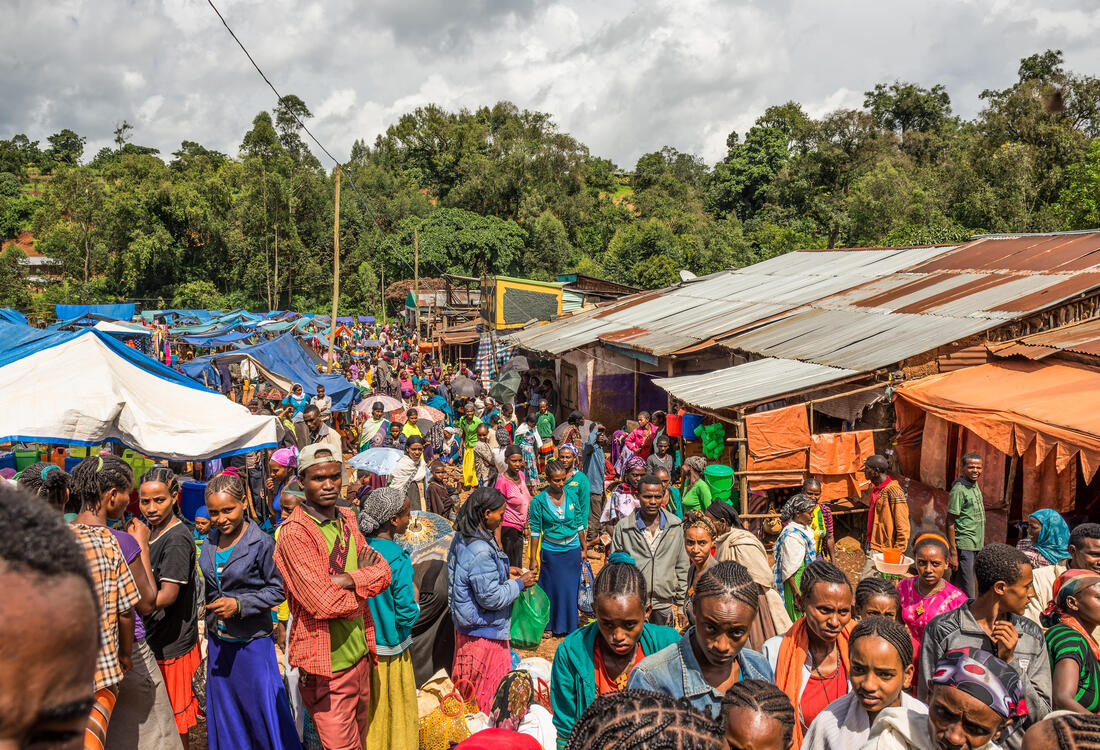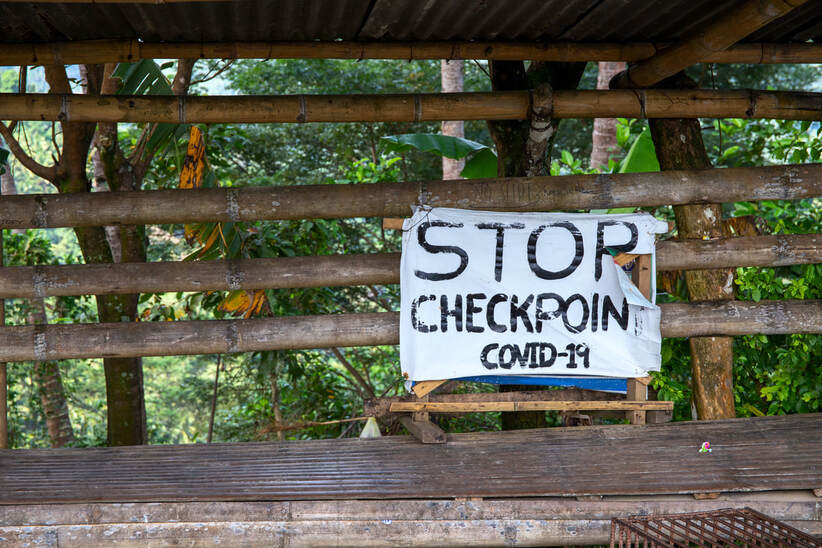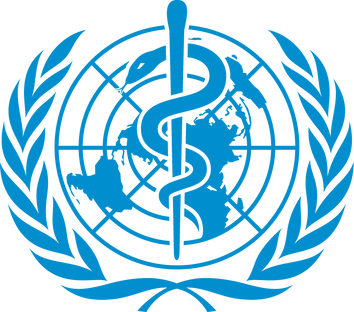PRESS RELEASE
Date: 30 June 2021
Date: 30 June 2021
St Francis supports Jimma Daughters of Charity, Ethiopia
“living above the dead but below the living”
“living above the dead but below the living”
London, UK: St Francis Leprosy Guild ("SFLG") announces that it will support the Jimma Daughters of Charity leprosy centre in Jimma Town, Ethiopia. In addition to a share of £60,000 new emergency relief funding from SLFG, the leprosy centre will receive a grant of £6,000.
The grant will be used for the rehabilitation of people with leprosy and their families and includes medication, referrals, food, health education, medical materials and assistive devices such as wheelchairs and walking aids, school uniforms, and maintenance of the leprosy centre.
The grant will be used for the rehabilitation of people with leprosy and their families and includes medication, referrals, food, health education, medical materials and assistive devices such as wheelchairs and walking aids, school uniforms, and maintenance of the leprosy centre.
With more patients, the increased price of food and medicines, a lack of donors and the scourge of COVID-19, our leprosy support services are really stretched” explained Sister Tsege Tesfu. “This wonderful grant will soon benefit more than 1,500 people and 250 students. Our many thanks go to you and your supporters for their generosity.”
I don’t think we can imagine what life must be like for someone with leprosy; ostracized and destitute, begging for a living, in a nation which is already subject to deprivation and now, burdened by a pandemic” said Clare McIntosh, SFLG’s Chief Executive Officer.
“As a Christian charity, it is the very last we can do to support the Jimma Daughters of Charity in their mission and ministry to care for people with leprosy. I am glad they reached out to us for help and that we were able to offer some support in return.”
Jimma is the largest city in southwestern Oromia Region in Ethiopia and 262 kilometers from the capital, Addis Ababa. The Federal Democratic Republic of Ethiopia is a landlocked country in the Horn of Africa. Ethiopia ranks 173 out of 189 countries in the Human Development Index. It shares borders with Eritrea to the north, Djibouti and Somalia to the northeast, Somalia to the east, Kenya to the south, South Sudan to the west and Sudan to the northwest.
These countries are some of the poorest nations in the world according to the Human Development Index, a composite index combining life expectancy, education and income. Ethiopia is also a *WHO global priority country for leprosy.
These countries are some of the poorest nations in the world according to the Human Development Index, a composite index combining life expectancy, education and income. Ethiopia is also a *WHO global priority country for leprosy.
For more information or interview opportunities please contact:
Clare McIntosh
Chief Executive Officer
St Francis Leprosy Guild
London W10 6EJ
Tel: +44 (0)7754 592240
Email: [email protected]
Twitter @StLeprosy
Facebook
Clare McIntosh
Chief Executive Officer
St Francis Leprosy Guild
London W10 6EJ
Tel: +44 (0)7754 592240
Email: [email protected]
Twitter @StLeprosy
About St Francis Leprosy Guild (SFLG)
SFLG is a UK-based, Catholic charity that is working towards a -leprosy-free world. We support the work of over 40 leprosy centres, clinics, hospitals, care homes and leprosy-related projects. We work in 15 countries worldwide where leprosy is endemic: Brazil, Bangladesh, DR Congo, Ethiopia, India, Kenya, Liberia, Nigeria, Madagascar, Myanmar, Nepal, Pakistan, Sri Lanka, Uganda, and Zimbabwe.
About leprosy
1. What is leprosy?
Leprosy (also known as Hansen’s disease) is a complex, chronic neglected tropical disease caused by the Mycobacterium leprae bacterium. It affects the skin, the upper respiratory tract and peripheral nerves in the hands and feet, and the eyes. Leprosy can affect anyone, at any age, but it is linked to poverty, malnutrition, and genetic susceptibility.
Leprosy remains an important health problem in low and middle-income countries worldwide.
2. How is leprosy transmitted?
It is thought that leprosy is transmitted via droplets from the nose combined with prolonged, close contact with infected individuals.
3. How is leprosy diagnosed?
Leprosy is difficult to diagnose at its early stages, but it often presents as numb patches on the skin. Currently, the most reliable method to diagnose leprosy, is a slit-skin-smear test in the laboratory.
Leprosy may incubate for up to twenty years before presenting with any signs. If leprosy remains undiagnosed like this, the person affected may unwillingly transmit the disease throughout a community. However, within a short period of receiving multidrug therapy, a person affected by leprosy will no longer be infectious. If leprosy is diagnosed in its early stages, it can be treated readily, and it will not cause disabilities. Preventing disabilities from developing means people with leprosy are less likely to suffer from the stigma and discrimination that can destroy their livelihoods and entire lives.
4. How infectious is leprosy?
95% of most populations have a natural immunity to leprosy. The remaining 5% become vulnerable, mainly through poor nutrition, poor living conditions, lack of hygiene and a weakened immune system. Leprosy is not hereditary.
5. Why are people with leprosy often so disfigured?
People with leprosy lose all feeling in the affected areas and as a result, there is diminished awareness of harm from trauma or heat. Without treatment, the lack of sensation can lead to permanent damage to skin, nerves, limbs, and eyes. It can also lead to the development of reoccurring, lifelong, hard-to- treat ulcers.
6. Is there a cure? How is leprosy treated?
Leprosy can be cured using multidrug therapy (MDT), available at no cost to patients from the World Health Organization. If MDT is taken in the early stages of the disease, permanent damage to nerves is completely avoided.
7. How many are affected by leprosy in the world today?
The latest *WHO statistics reveal that in 2019 there were 202,185 new cases of leprosy diagnosed. Of concern and indicating ongoing transmission, the number of children newly detected was nearly 15,000.
These statistics do not account for those people who have leprosy with no symptoms or, who are not diagnosed and are unwittingly transmitting it to their communities. In addition, the statistics do not include those individuals who have been treated for leprosy, but whose disabilities, caused by leprosy need ongoing healthcare needs, or those who are subject to leprosy stigma and discrimination.
8. Which countries have leprosy, where is leprosy endemic?
*The WHO has identified 23 global priority countries for leprosy, where 95.9% of the global total of people detected with leprosy are found. The 23 countries are: Angola, Bangladesh, Brazil, Comoros, Cote Ivoire, DR Congo, Egypt, Ethiopia, India, Indonesia, Kiribati, Madagascar, Micronesia, Mozambique, Myanmar, Nepal, Nigeria, Philippines, South Sudan, Sri Lanka, Sudan, Somalia and Tanzania.
The highest number of people newly detected with leprosy in 2019 live in India with 114,451, followed by Brazil with 27,863 and Indonesia with 17,439.
*WHO Weekly epidemiological record, Global Leprosy Update 4 September 2020, 36, 2020, 95, 417-440
SFLG is a UK-based, Catholic charity that is working towards a -leprosy-free world. We support the work of over 40 leprosy centres, clinics, hospitals, care homes and leprosy-related projects. We work in 15 countries worldwide where leprosy is endemic: Brazil, Bangladesh, DR Congo, Ethiopia, India, Kenya, Liberia, Nigeria, Madagascar, Myanmar, Nepal, Pakistan, Sri Lanka, Uganda, and Zimbabwe.
About leprosy
1. What is leprosy?
Leprosy (also known as Hansen’s disease) is a complex, chronic neglected tropical disease caused by the Mycobacterium leprae bacterium. It affects the skin, the upper respiratory tract and peripheral nerves in the hands and feet, and the eyes. Leprosy can affect anyone, at any age, but it is linked to poverty, malnutrition, and genetic susceptibility.
Leprosy remains an important health problem in low and middle-income countries worldwide.
2. How is leprosy transmitted?
It is thought that leprosy is transmitted via droplets from the nose combined with prolonged, close contact with infected individuals.
3. How is leprosy diagnosed?
Leprosy is difficult to diagnose at its early stages, but it often presents as numb patches on the skin. Currently, the most reliable method to diagnose leprosy, is a slit-skin-smear test in the laboratory.
Leprosy may incubate for up to twenty years before presenting with any signs. If leprosy remains undiagnosed like this, the person affected may unwillingly transmit the disease throughout a community. However, within a short period of receiving multidrug therapy, a person affected by leprosy will no longer be infectious. If leprosy is diagnosed in its early stages, it can be treated readily, and it will not cause disabilities. Preventing disabilities from developing means people with leprosy are less likely to suffer from the stigma and discrimination that can destroy their livelihoods and entire lives.
4. How infectious is leprosy?
95% of most populations have a natural immunity to leprosy. The remaining 5% become vulnerable, mainly through poor nutrition, poor living conditions, lack of hygiene and a weakened immune system. Leprosy is not hereditary.
5. Why are people with leprosy often so disfigured?
People with leprosy lose all feeling in the affected areas and as a result, there is diminished awareness of harm from trauma or heat. Without treatment, the lack of sensation can lead to permanent damage to skin, nerves, limbs, and eyes. It can also lead to the development of reoccurring, lifelong, hard-to- treat ulcers.
6. Is there a cure? How is leprosy treated?
Leprosy can be cured using multidrug therapy (MDT), available at no cost to patients from the World Health Organization. If MDT is taken in the early stages of the disease, permanent damage to nerves is completely avoided.
7. How many are affected by leprosy in the world today?
The latest *WHO statistics reveal that in 2019 there were 202,185 new cases of leprosy diagnosed. Of concern and indicating ongoing transmission, the number of children newly detected was nearly 15,000.
These statistics do not account for those people who have leprosy with no symptoms or, who are not diagnosed and are unwittingly transmitting it to their communities. In addition, the statistics do not include those individuals who have been treated for leprosy, but whose disabilities, caused by leprosy need ongoing healthcare needs, or those who are subject to leprosy stigma and discrimination.
8. Which countries have leprosy, where is leprosy endemic?
*The WHO has identified 23 global priority countries for leprosy, where 95.9% of the global total of people detected with leprosy are found. The 23 countries are: Angola, Bangladesh, Brazil, Comoros, Cote Ivoire, DR Congo, Egypt, Ethiopia, India, Indonesia, Kiribati, Madagascar, Micronesia, Mozambique, Myanmar, Nepal, Nigeria, Philippines, South Sudan, Sri Lanka, Sudan, Somalia and Tanzania.
The highest number of people newly detected with leprosy in 2019 live in India with 114,451, followed by Brazil with 27,863 and Indonesia with 17,439.
*WHO Weekly epidemiological record, Global Leprosy Update 4 September 2020, 36, 2020, 95, 417-440







